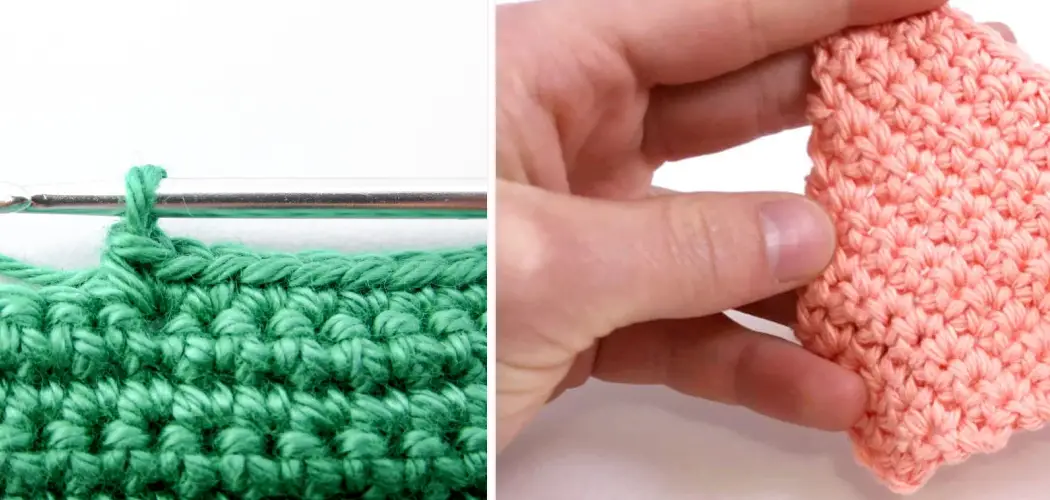Mastering the art of crochet opens a world of possibilities for creating beautiful, intricate designs, and understanding various techniques is essential for advancing your skills. One fundamental skill every crocheter should have in their repertoire is the single crochet increase. This technique is a game-changer, allowing you to expand your projects and shape them to your liking. Single crochet increases are the building blocks for shaping items like amigurumi, garments, and accessories.
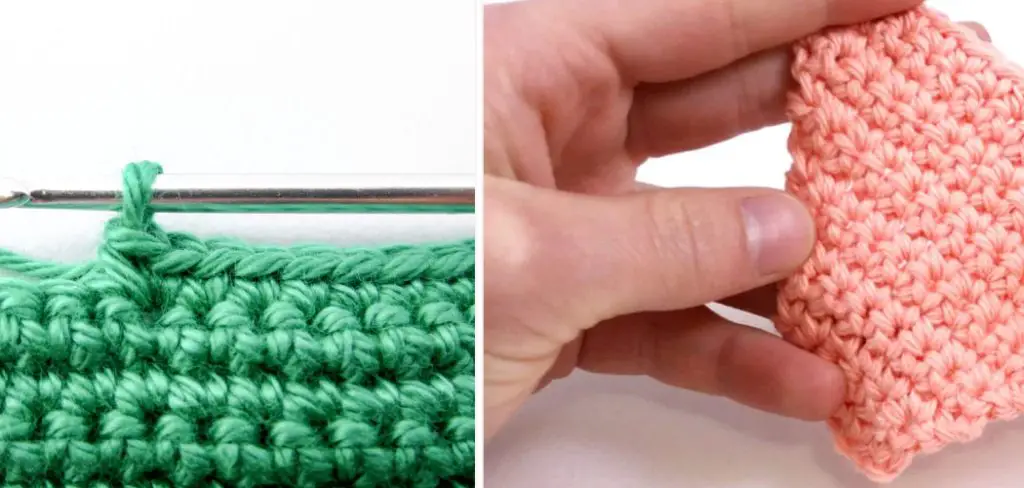
Whether you’re a crochet enthusiast looking to add dimension to your creations or a beginner eager to expand your crochet knowledge, learning the single crochet increase is a valuable step in your crafting journey. In this guide, we will delve into how to single crochet increase, breaking down the steps and providing tips to help you confidently incorporate this technique into your crochet projects. Let’s unravel the mystery behind single crochet increases and elevate your crochet game!
The Versatility of the Single Crochet Increase Technique
In the world of crochet, there are countless techniques and stitches that can be used to create beautiful and unique patterns. One such technique is the single crochet increase, which is often used to add shape and dimension to a crocheted piece. In this article, we will explore the versatility of this technique and how it can be used in various projects.
Firstly, let’s review the basic steps of the single crochet increase. To begin, insert your hook into the next stitch and pull up a loop. Then, instead of immediately completing the single crochet stitch, insert your hook into the same stitch again and pull up another loop. You should now have three loops on your hook. To finish the single crochet, yarn over and pull through all three loops on your hook.
Importance of Understanding Basic Crochet Terminology
If you’re new to crochet, it’s important to understand the basic terminology used in patterns and tutorials. This will make it easier to follow instructions and create beautiful projects. One of the most common stitches in crochet is the single crochet stitch. Understanding how to single crochet increase will open up a whole new world of possibilities in your crocheting journey.
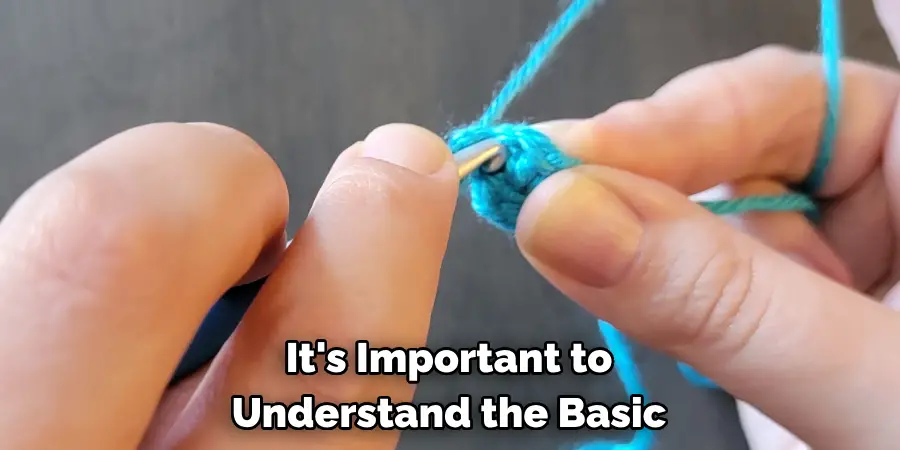
Single crochet (sc) is a basic stitch that is often used as the foundation for more complex stitches. It involves inserting the hook into a stitch, pulling up a loop, and then completing the stitch by pulling the yarn through both loops on the hook. This creates a sturdy and dense fabric, making single crochet perfect for projects like dishcloths, blankets, and amigurumi.
To increase in single crochet means to work two stitches into the same stitch. This increases the number of stitches in a row or round and creates a wider piece of fabric. It is often used to shape curves or add dimension to a project. The most common way to single crochet increase is by working two single crochets into the same stitch, but there are also other techniques such as using front and back loops or working an extended single crochet.
10 Methods How to Single Crochet Increase
1. Basic Single Crochet Increase
The most common method of increasing in a single crochet is simply to work two stitches into one stitch. To do this, insert your hook into the designated stitch, yarn over, and pull up a loop, then insert your hook back into the same stitch, yarn over, and pull up another loop. You will now have two loops on your hook, which you can then finish as a regular single crochet.
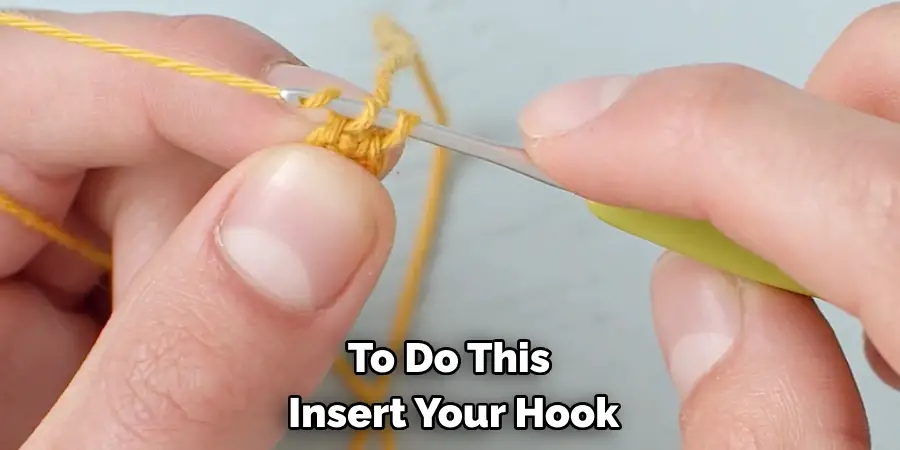
2. Invisible Increase
The invisible increase creates a more seamless look as it does not leave a visible bump as the basic increase does. To do this, insert your hook under both loops of the designated stitch, yarn over, and pull up a loop, then insert your hook under the front loop only of the same stitch, yarn over, and pull up another loop. This creates two separate stitches that appear as one.
3. Half Double Crochet Increase
For those who prefer taller stitches in their crochet work, the half-double crochet increase is a great option. Insert your hook into the designated stitch, yarn over, and pull up a loop, then insert your hook back into the same stitch but through both loops this time, yarn over, and pull up another loop. This will create an extra half double crochet in that one stitch.
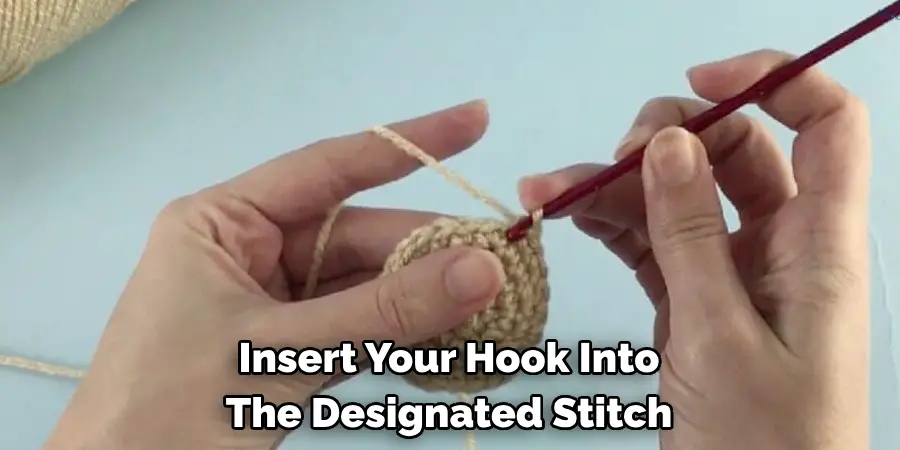
4. Extended Single Crochet Increase
Similar to the half-double crochet increase, the extended single crochet increases by working an additional single crochet in one stitch. Insert your hook into the designated stitch, yarn over, and pull up a loop as normal for a single crochet, but instead of finishing it off right away, yarn over again and pull through both loops on your hook.
5. Front Post/Back Post Increases
Front post and back post increases are commonly used in crocheting garments or items that require shaping, such as hats or amigurumi toys. These increases are made by working around the post of a previous row’s stitch instead of directly into it.
6. V-Stitch Increase
The V-stitch increase is a popular method for creating a lacy effect in crochet while also increasing the number of stitches. To do this, work two double crochets into one stitch, then chain one and work another two double crochets into the same stitch.
7. Cluster Stitch Increase
Cluster stitches are made by working multiple stitches into one stitch and then joining them together to create a cluster. To increase with cluster stitches, simply work more clusters into one designated stitch than you normally would.
8. Magic Circle Increase
The magic circle is a technique used to start crocheting in the round without leaving a hole in the center. To increase while using the magic circle, simply work more single crochets into the initial loop before pulling it closed.
9. Shell Stitch Increase
Similar to the V-stitch increase, shell stitches are created by working multiple stitches into one stitch and then joining them together. The difference is that shell stitches typically use taller stitches, such as double or treble crochet.
10. Bobble Stitch Increase
Bobble stitches are made by working multiple partial double crochets into one stitch and then joining them together at the top to create a bobble or popcorn-like texture. To increase with bobble stitches, simply work more partial double crochets into one designated stitch than you normally would.

Things to Consider When Learning How to Single Crochet Increase
There are a few things to keep in mind when learning how to single crochet increase. These tips and tricks will help you master the technique and create beautiful, evenly spaced increases in your crochet projects.
Understand the Anatomy of a Stitch
Before attempting to single crochet increase, it’s important to understand the anatomy of a stitch. In single crochet, each stitch has a front loop, back loop, and top loop. The front loop is the loop closest to you when you’re working on the right side of your project. The back loop is the loop farthest away from you, and the top loop runs along the top of your work.
Know Where to Insert Your Hook
When increasing in single crochet, it’s important to know where to insert your hook. The new stitch should be worked into the front loop of the previous stitch. This will create a clean and even increase.
Work in the Same Direction
When adding an increase, always work in the same direction as your previous stitches. For example, if you’ve been working from right to left, continue to do so when creating your increase. This will ensure that your stitches are all facing the same way and give your project a neater appearance.
Practice Makes Perfect
Single crochet increase may take some practice to get the hang of, but don’t be discouraged! Keep trying and experimenting until you find a technique that works for you. As with any new skill, practice makes perfect.
Use Stitch Markers
Stitch markers can be incredibly helpful when learning how to single crochet increase. They can help you keep track of where your increases are and ensure that they are evenly spaced. You can also use stitch markers to mark the first stitch in each row, which can help you stay on track as you work.
Conclusion
In conclusion, learning how to single crochet increase can seem daunting at first, but with practice and patience, it can become second nature. Remember to always count your stitches and don’t be afraid to backtrack if you make a mistake. With each increase stitch, your project will start to take shape and you’ll see the amazing things you can create with this skill.
Whether you’re making a simple scarf or a complex amigurumi, mastering single crochet increase will open up a world of possibilities for your crocheting journey. So go on and keep practicing, challenge yourself with new patterns and techniques, and don’t forget to share your progress with the community! We can’t wait to see what amazing creations you’ll come up with using this technique. Keep hooking and happy crocheting!
Expertise:
Crafting expert with a focus on innovative techniques and diverse materials.
Specialization:
- Textile arts (weaving, embroidery, and fabric dyeing)
- Woodworking and furniture design
- Mixed media and upcycling projects
Recognition:
- Featured in local art exhibits showcasing innovative craft projects
- Collaborated with community organizations to promote crafting workshops
- Received accolades for contributions to sustainable crafting initiatives
Mission:
- To inspire and empower crafters of all levels to discover their creative potential
- Encourages experimentation and self-expression through hands-on projects

